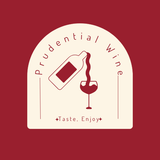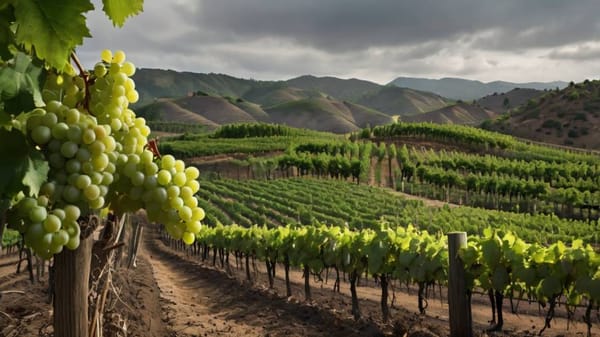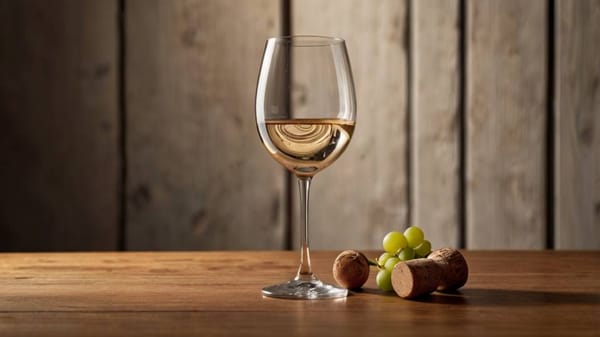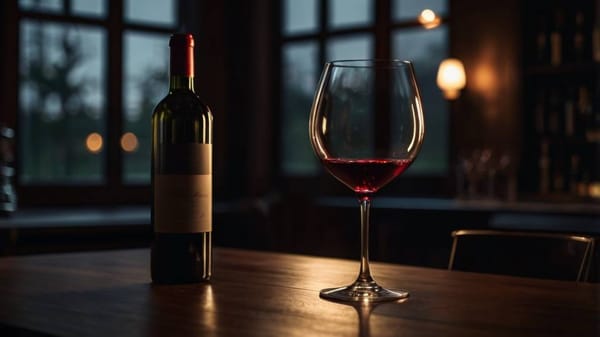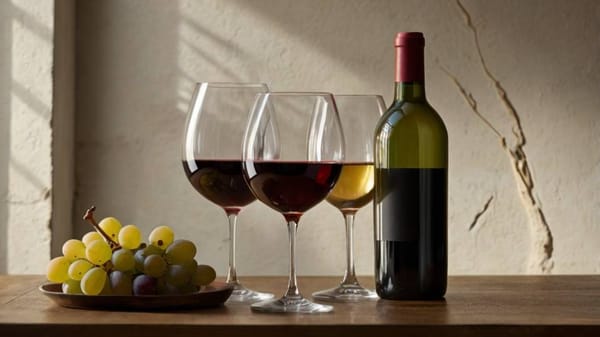How Prohibition Changed Wine in the U.S.
Explore how Prohibition reshaped American wine—and how its legacy can deepen your ability to taste, choose, and enjoy bottles with confidence.

Why does so much American wine taste bold, sweet, and just a little off balance? To answer that, you have to go back to Prohibition.
It didn’t just pause the party—it wrecked a growing wine culture and reshaped what grew in U.S. soil for decades.
From the grapes we planted to the habits we lost, its impact still lingers in every glass. Once you know what got erased, you’ll never taste the same way again.
Before the Ban: A Young Wine Culture on the Rise
In the late 19th and early 20th centuries, American wine was growing into something promising. Immigrants from Italy, Germany, and France brought more than cuttings—they brought centuries of vineyard intuition and cellar practice.
California had already become the beating heart of U.S. wine, with well over 700 wineries in operation by 1919. Wine was affordable, food-friendly, and culturally embedded in everyday life for many families.
The early American wine landscape wasn’t just about Napa. Upstate New York, Missouri, and even Ohio had thriving wine industries.
Native and hybrid grapes like Concord and Norton coexisted with European vinifera varieties. It wasn’t perfect, but it was vibrant, diverse, and rooted in practicality.
Wine wasn’t a luxury or a status symbol—it was part of the meal. That momentum came to a hard stop.
The Prohibition Wipeout
When the 18th Amendment took effect in 1920, it didn’t just outlaw booze—it erased infrastructure. Wineries shut down. Equipment rusted.
Vineyard workers left for other jobs. Skilled winemakers either disappeared into black-market operations or abandoned the craft entirely.
Unlike beer or spirits, which could be secretly produced in small batches, wine required land, climate, and time. And those things don’t bounce back quickly.
To survive, many growers had to pivot. Instead of cultivating delicate grapes for fine wine, they planted thick-skinned, disease-resistant varieties that could withstand long rail transport to the East Coast.
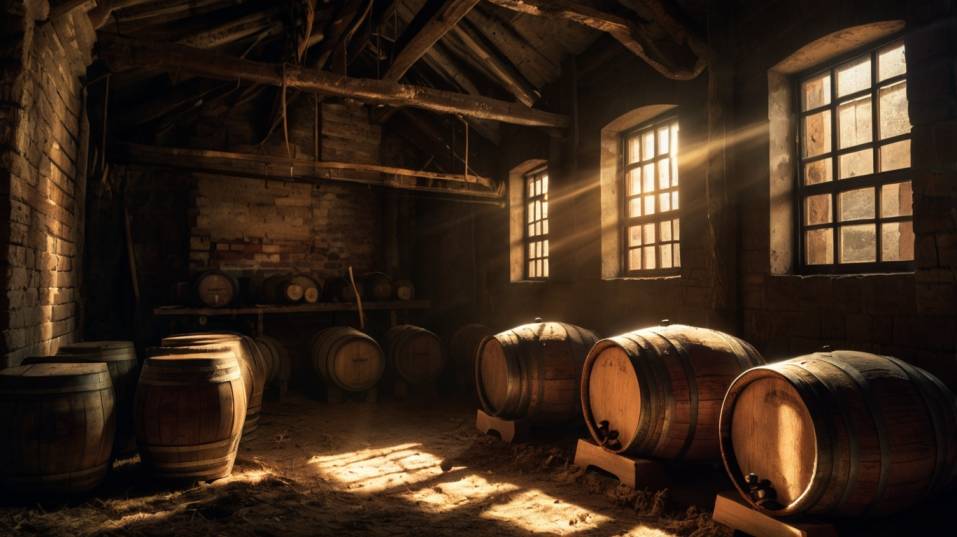
These were eating grapes or juice grapes—sweet, simple, and completely unsuited for balanced wine.
You can still taste the effects of that switch today. Grape choices matter. Acid levels, tannin structure, and phenolic complexity all start in the vineyard.
The post-Prohibition landscape left American wine with the wrong foundation, and rebuilding it took generations.
Underground Wine and the Grape Brick Hustle
One loophole in the Volstead Act allowed families to make up to 200 gallons of wine at home each year.
That sounds like a quaint side note—until you realize it opened a thriving gray market. To meet demand, growers shipped grape bricks across the country.
These dense blocks of crushed, dehydrated grapes often came with instructions not to let them ferment in the cupboard.
The Wrong Grapes for the Job
But here’s the key: the grapes used for these bricks were rarely the ones best suited for wine. Thick-skinned Alicante Bouschet and Concord were favored for yield and durability, not for flavor or elegance.
Even after repeal, many of these high-volume, low-quality plantings remained. Entire regions had been reshaped around survival, not flavor.
If you’ve ever tasted a wine that felt overly jammy, oddly sweet, or rough around the edges, part of that comes from this legacy. Understanding this helps you choose more intentionally.
Don’t just read the label—learn where the grapes come from and what’s being grown there. Great wine starts in the vineyard, but only if the right vines are in the ground.
The Long Recovery: Rebuilding Without Roots
Prohibition ended in 1933, but the wine world didn’t snap back. By then, the knowledge gap was deep. Winemaking had skipped a generation.
Many skilled vintners were gone. Universities hadn’t yet developed modern viticulture programs. Even consumers had forgotten how to drink wine with food.
Why Tasting Is Cultural, Not Just Technical
This is where your own wine education matters. Think of tasting not as a parlor trick but as a kind of cultural literacy.
You’re learning to decode the structure of a wine—how the acid supports freshness, how tannin interacts with protein, how residual sugar affects perception of balance.
These aren’t just facts; they’re instincts you build over time, especially if you weren’t raised in a culture that drank wine casually and often.
And most Americans weren’t. Because Prohibition didn’t just ban wine—it broke the habit.
Wine as Status, Not Staple
Before Prohibition, wine was largely a table drink. Something to go with dinner, shared with friends, served in modest glasses.
Afterward, it slowly became something else: a bottle to open on holidays, to give as a gift, to display as proof of taste. In other words, wine became performative.
That mindset still lingers. You’ll find shelves full of trophy bottles—overbuilt reds with high alcohol and heavy oak, designed to impress rather than nourish.
You’ll also find an obsession with “collectibility” and “cellaring potential,” even among casual drinkers who just want something enjoyable on a Tuesday night.
Reclaiming Wine for Everyday Life
The best way to push back? Re-normalize wine as food. Cook a simple meal, open a bottle, and don’t wait for a reason.
Let the wine do its quiet work—elevating the dish, slowing the moment, encouraging conversation. The more you taste this way, the more confident and intuitive you become.
The American Wine Renaissance
It took until the 1960s and '70s for American wine to regain its footing. Figures like André Tchelistcheff, Robert Mondavi, and a new generation of UC Davis-trained winemakers began to reimagine what was possible.
Napa and Sonoma gained credibility. Vineyards were replanted with intention. Quality slowly returned.
Still, the American palate had changed. Years of sugary bootleg wine and spirits had shifted preferences toward sweetness and intensity.
Many producers leaned into that, crafting bold wines with high alcohol and plush fruit. That style still dominates certain parts of the U.S. market today.
How to Taste Against the Grain
As a wine drinker, this gives you choices—but also responsibilities. Learn to recognize balance. Don’t mistake richness for quality or price for value.
Ask how the wine feels in your mouth, how it finishes, and whether it supports food. The more you taste with awareness, the more control you have over your experience—and the more you start to rebuild a culture that once went missing.
Final Thoughts
Prohibition dismantled the first wave of American wine culture, replacing craft with compromise and routine with rarity.
It didn’t just change the wines Americans drank—it interrupted the rituals, the language, and the everyday trust in wine as something normal and necessary.
Today, you can help restore that. Taste more often, with more focus. Choose wines that tell the truth rather than put on a show.
Don’t wait for special occasions. Every bottle is a chance to train your palate, tune into place, and connect with a tradition that nearly vanished.
So tonight, pour something new. Taste it with intention. Let it remind you that wine is not just history in a bottle—it’s your story to continue.
